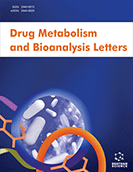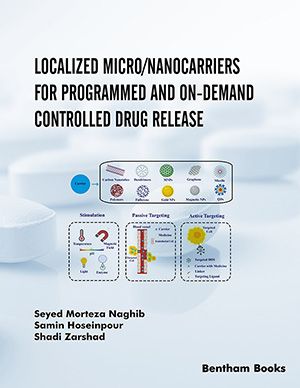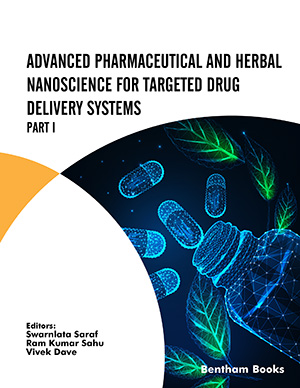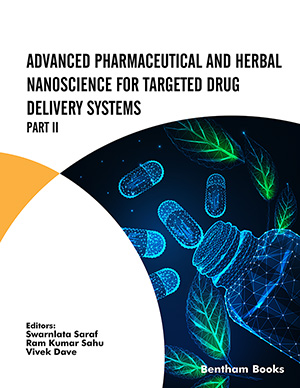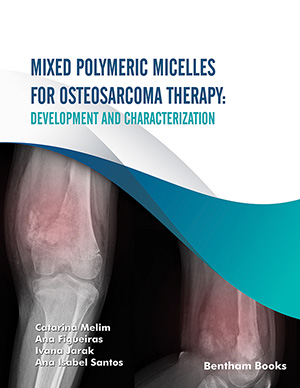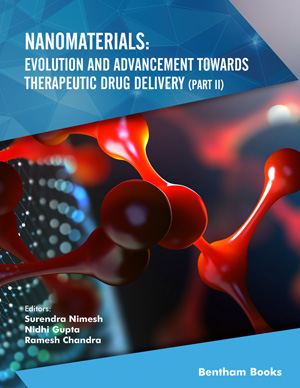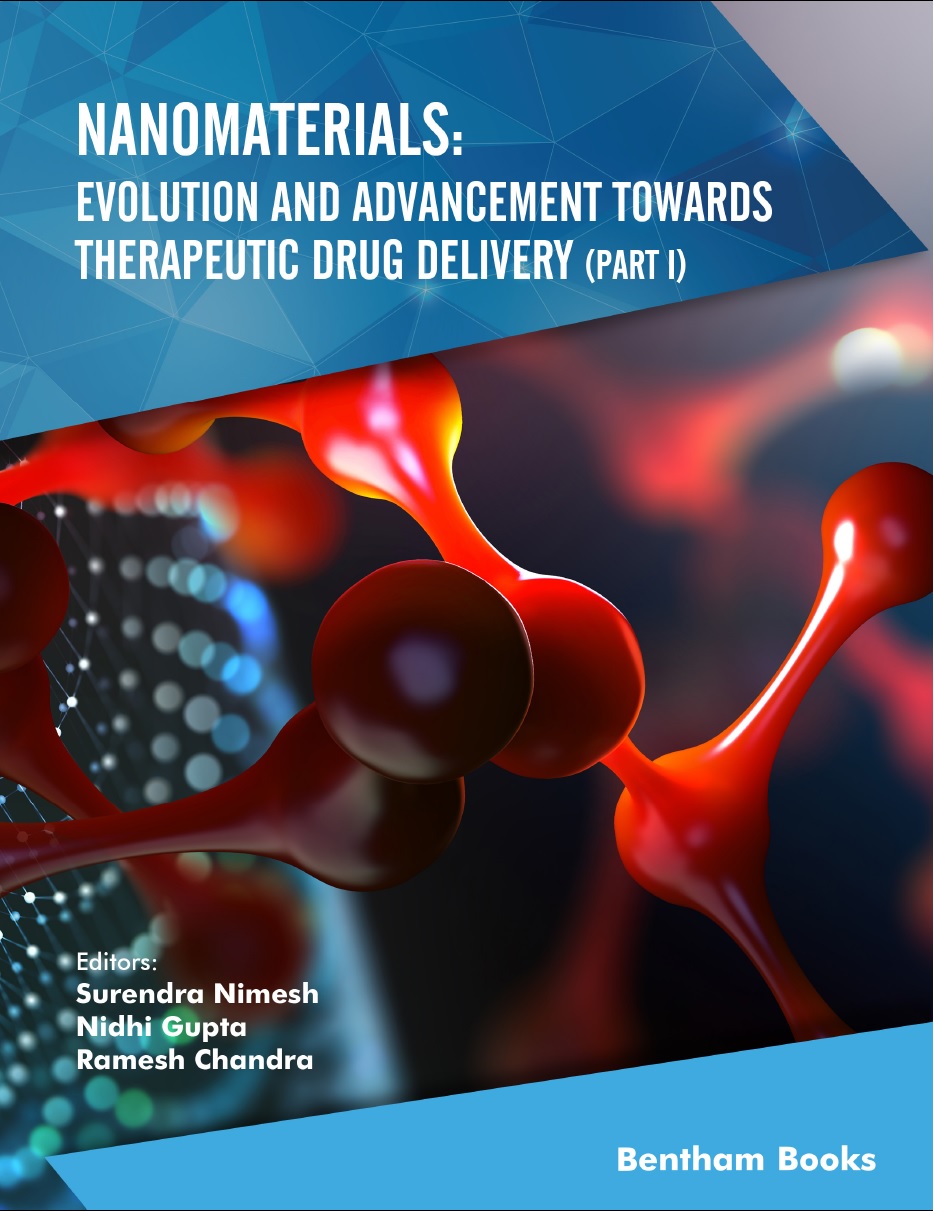Abstract
In view of the pivotal role played by the diversity of fatty acid-derived oxy-products in a vast array of physiological processes, precise knowledge about the molecular principles dictating substrate specificity and regioselectivity in P450-catalyzed oxidative attack on the distinctly structured carbon chains of the monocarboxylic acids is of paramount importance. Based on a general, CYP102A1- related construct, the majority of prospective key determinants participating in fatty acid recognition/binding were found to cluster near the distal heme face made up by the helical B, F, G and I tetrad as well as the B-C interhelical loop and certain β-sheet segments. Most of the contact sites examined show a frequency of conservation < 10%, hinting at the requirement of some degree of conformational flexibility. Some decisive elements may also have a function in maintaining active-site integrity, governing substrate access to the catalytic centre, and steering the redox machinery to efficiently promote fatty acid oxidations. Physico-chemical factors imposing constraints on orientation of the fatty acid molecules towards the iron-oxene core focus on the variably expressed polarity profile of the diverse docking regions and bulkiness of critical amino acid side chains, acting as selectivity filters for the substrate homologues. Also, dynamic fluctuations of certain contact sites located in the distal backbone of P450s may impact fatty acid positioning. Genetic engineering to introduce versatile properties into fatty acid hydroxylases may give an impetus to biotechnological exploitation of the tailored enzymes in the production of fine chemicals and therapeutic agents.
Keywords: P450, Fatty acids, Substrate docking, Catalytic oxidations










